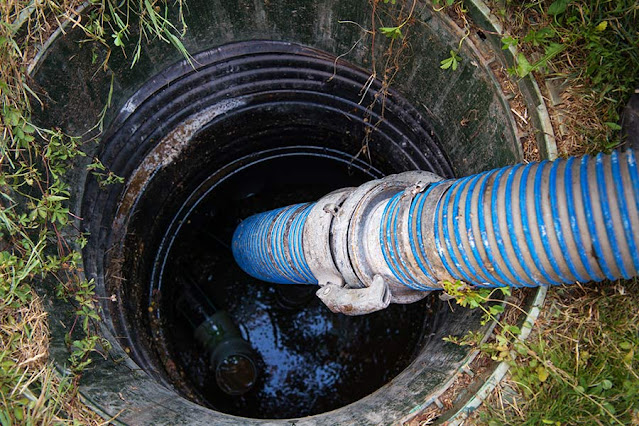The infrastructure of any city, including Chicago, heavily relies on its sewer systems to ensure proper sanitation and wastewater management. Traditionally, repairing sewer lines involved invasive and disruptive methods that required extensive excavation, causing environmental disturbances and inconveniences for residents. However, with the advent of trenchless sewer repair technology, a more eco-friendly and efficient solution has emerged.
Trenchless sewer repair Chicago has gained popularity in and across the globe for its minimal impact on the environment compared to traditional repair methods. This blog aims to delve into the eco-friendly aspects of trenchless sewer repair, highlighting its benefits for Chicago's environment and communities.
Trenchless Sewer Repair: A Sustainable Solution
Minimal Disruption to the Environment: Unlike conventional sewer repair techniques that involve large-scale excavation, trenchless methods such as pipe lining and pipe bursting minimize disturbance to the surrounding environment. By eliminating the need for extensive digging, these methods significantly reduce soil erosion, preservation of trees, and disruption to wildlife habitats.
Reduced Carbon Footprint: Trenchless sewer repair minimizes the use of heavy machinery and transportation, thereby reducing carbon emissions. This eco-friendly approach aligns with Chicago's commitment to sustainability and contributes to the city's efforts to lower its overall carbon footprint.
Preservation of Landscapes and Infrastructure: Chicago's urban landscape and historical infrastructure are crucial aspects of its identity. Trenchless sewer repair helps preserve these by avoiding the destruction of roads, sidewalks, and landscaping that occurs during traditional excavations. This preservation of the city's aesthetic appeal is an indirect yet significant eco-friendly benefit.
Environmental Benefits for Chicago's Communities
Faster Restoration and Reduced Inconvenience: Trenchless sewer repair methods require less time for completion compared to traditional methods. This results in quicker restoration of services, reducing inconveniences for residents and businesses. Minimal disruption to daily life translates to a positive environmental impact by reducing stress on the community caused by prolonged construction periods.
Protection of Water Sources: Faulty sewer lines pose a threat to Chicago's water sources, including Lake Michigan. Trenchless repairs help prevent leaks and contamination, safeguarding these vital water bodies. This protection is vital for maintaining the health of aquatic ecosystems and ensuring a clean water supply for the city's residents.
Long-Term Sustainability: Trenchless sewer repair technologies offer durable solutions, often with extended warranties. This longevity reduces the need for frequent repairs, minimizing resource consumption and waste generation over time, contributing to the long-term sustainability of Chicago's infrastructure.
Conclusion:
Trenchless sewer repair technology represents an important change in how cities such as Chicago solve infrastructure difficulties while focusing on environmental conservation and community well-being. Its eco-friendly nature not only reduces environmental impacts but also supports sustainable practices, which aligns with Chicago's aim for a greener and more resilient future.
Embracing trenchless sewer repair methods fosters a harmonious balance between infrastructure maintenance and environmental preservation. As Chicago continues to evolve and prioritize sustainability, investing in trenchless sewer repair stands as a testament to its commitment to fostering eco-friendly solutions for a cleaner, healthier city.
By implementing and promoting these innovative methods, Chicago can lead by example, inspiring other cities globally to prioritize eco-friendly infrastructure solutions for the betterment of the environment and society as a whole.


0 comments: